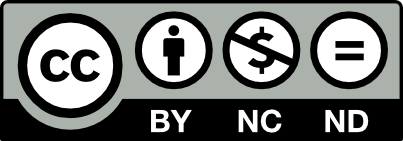Original Article
KC KM, GC R, Acharya S
Original Article
2023-05-27 13:53:55
Background Configuration and number of K wires have still been controversial for treatment of displaced pediatric supracondylar fractures. Even though crossed K wires are mechanically more stable, incidence of iatrogenic ulnar nerve injury is high that makes lateral divergent or parallel K wires good alternative. The aim of our study is to evaluate the functional outcomes and complications in Gartland type III supracondylar fractures fixed with with two lateral and one medial K wires fixation.
Method This was the retrospective cross sectional study performed in Mercy City Hospital, Butwal, Nepal from December 2020 to June 2021. Twenty five patients with displaced supracondylar fracture were managed with closed reduction and percutaneous pinning with 2 lateral K wires and one medial wire under fluoroscopy guidance. Functional outcomes and radiological parameters were evaluated at 6 weeks, 3 months and 6months after surgery.
Result There was no case of varus-valgus deformity, postoperative ulnar nerve palsy. Postoperative stiffness of elbow is major problem which required physiotherapy. Quick Dash Score at 6 weeks after surgery was 90.58±2.72 which was further improved to 96.27 ± 2.66 and 99.48 ± 1.32 at 3 and 6 months respectively.
Conclusion To treat the displaced pediatric supracondylar fractures, two parallel lateral K wires and one medial K wire method is not only the effective in terms of maintenance of reduction of fracture site but also provides stability in case of loose fixation of any one of three wires as well as the condition where medial pin has to be removed because of iatrogenic injury of ulnar nerve.
KEY WORDS Children, Functional outcomes, K wires, Supracondylar fractures





